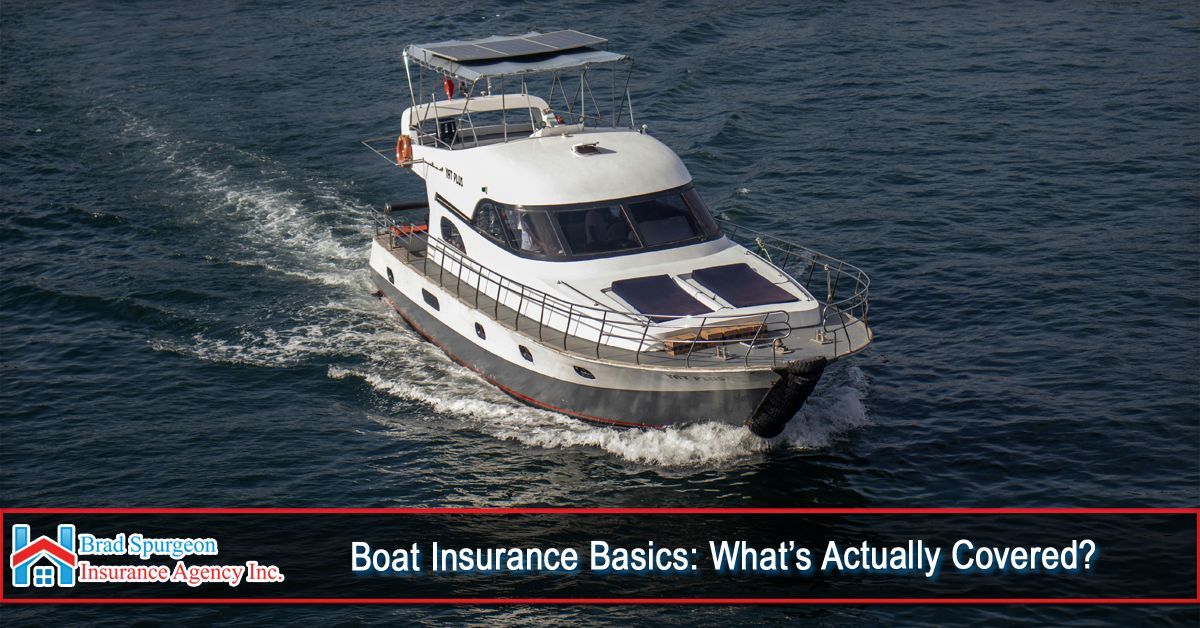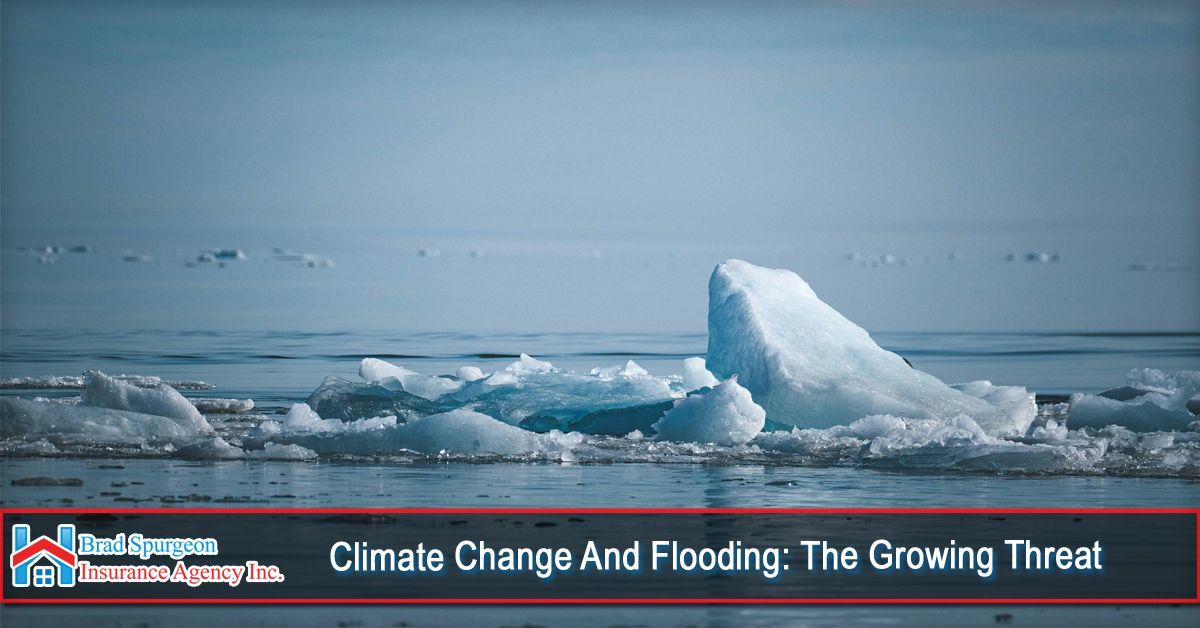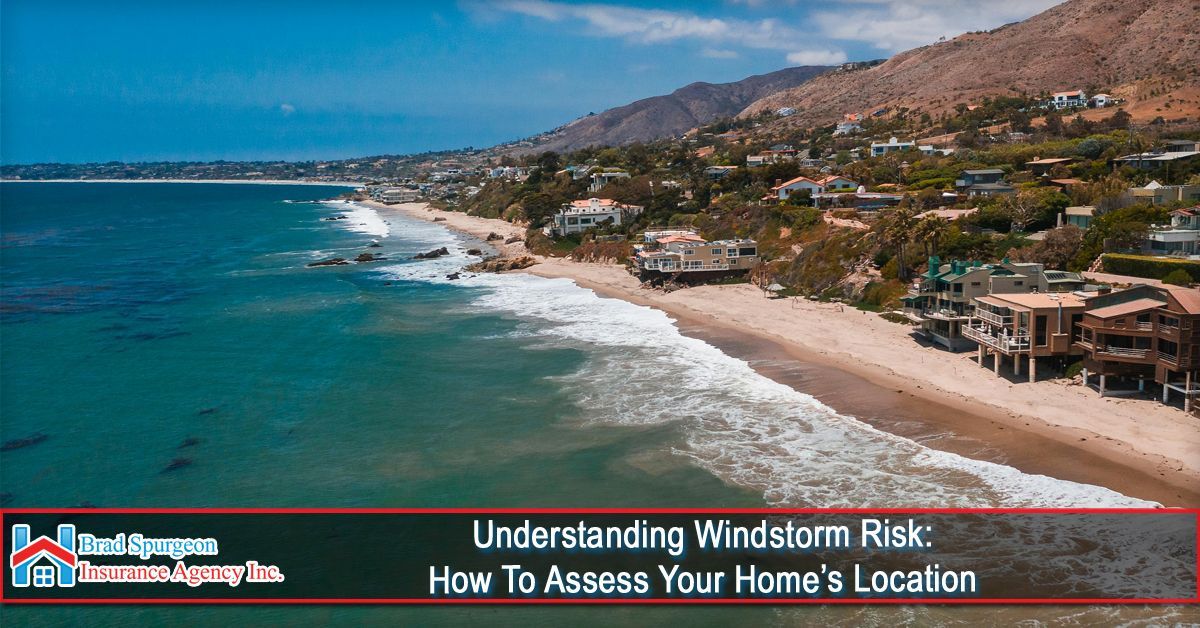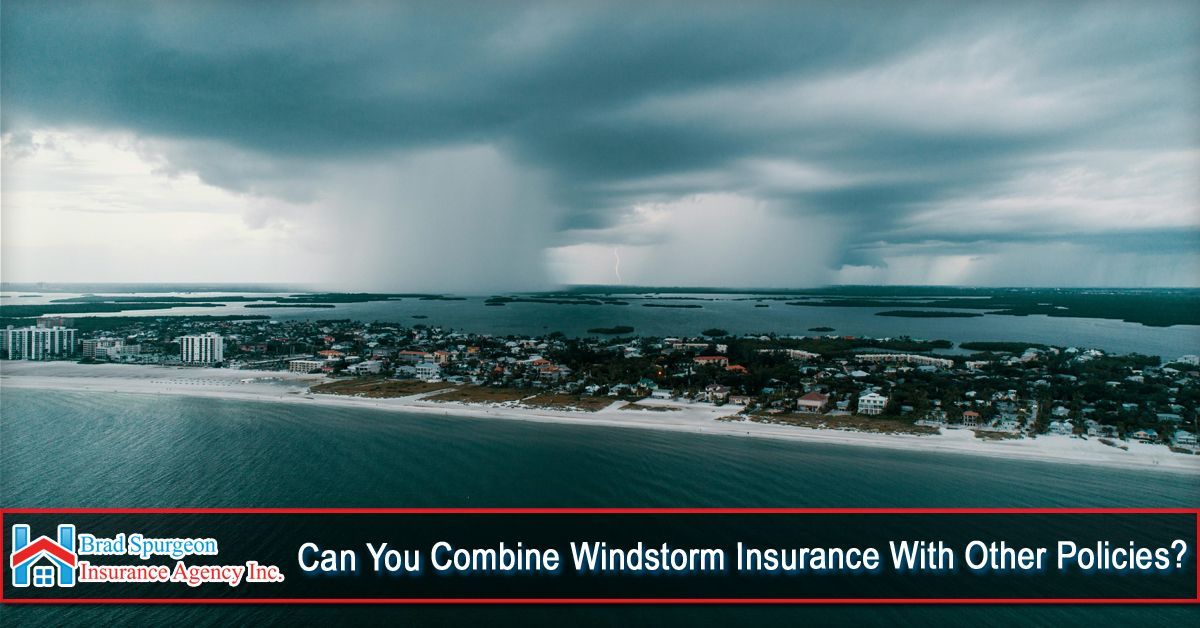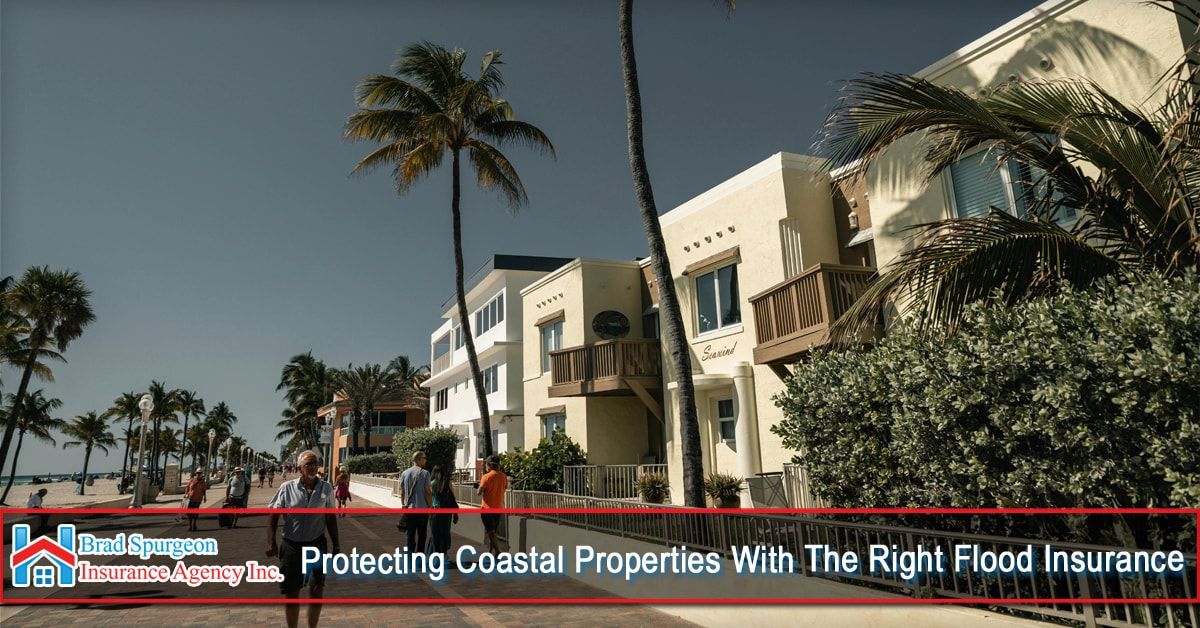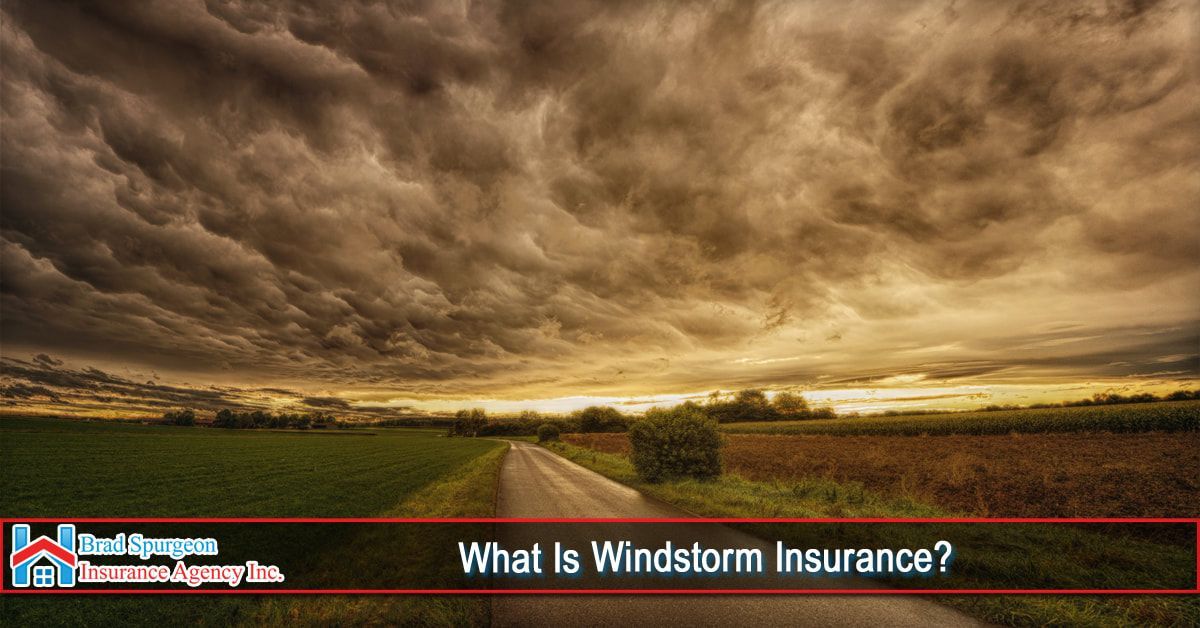Homeowner's insurance probably does not cover windstorm damage if you reside close to the ocean. Therefore, you will need to buy a different policy.
Windstorm insurance protects homes and companies from damage caused by high winds, such as those associated with a hurricane, tornado, or another windstorm. This policy may cover damage to the building's structure and personal belongings. Depending on the policy, windstorm insurance policies may cover additional risks like lightning.
Windstorm insurance may cover a wide range of damages, depending on the coverage, including:
- Damage to the foundation, walls, roof, and other structural elements of your house
- Personal property damage, like furniture, appliances, and clothing
- Loss of use which pays for interim accommodation if your home is uninhabitable due to storm damage
- Extra living expenses can cover the cost of extra expenses spent while your home is being restored or rebuilt
- Structures on your property, including fences, sheds, and other buildings
- Trees and landscape
The policy defines the sorts of wind-related incidents that are covered, as well as any exclusions or limitations on coverage.
To file a claim under a windstorm insurance policy, you must show that a covered wind event caused the damage. This may entail submitting images or other documentation of the damage and a written account of the incident.
The agency will then evaluate the claim and decide the appropriate amount of coverage depending on the policy limitations and the nature of the damage.
If the claim is approved, the insurance agency will pay the policyholder for repairing or replacing the damaged property. This may include the cost of materials and labor to restore or rebuild the structure and the expense of replacing damaged or destroyed personal goods.
Windstorm insurance contracts include deductibles, which must be paid out of pocket before the coverage is determined. The deductible may differ depending on the severity of the windstorm and the policy limits.
Suppose your windstorm insurance policy has a coverage maximum of $200,000 and a $1,000 deductible. A windstorm damages your home, and the cost of repairs is projected to be $50,000.
You, as the policyholder, will bear the first $1,000 of the deductible. The remaining $49,000 would be paid by the insurance agency to cover the cost of repairs. Any excess costs over $200,000 would be your responsibility.
Windstorm insurance is often not included in standard homeowners insurance policies and must be acquired separately. If you reside in a windstorm-prone location, consider obtaining windstorm insurance to safeguard your home and personal property from potential damage.
At Brad Spurgeon Insurance Agency Inc., we do our best to make sure that our clients are well-protected with affordable and comprehensive policies. We make sure to go the extra mile to help you with your needs. To learn more about how we can help you, please contact our agency at (409) 945-4746 or Click Here to request a free quote. Topics and coverage discussed in this article are not guaranteed, consult with your agents to determine what your policy does and does not cover. We are more than happy to help!
